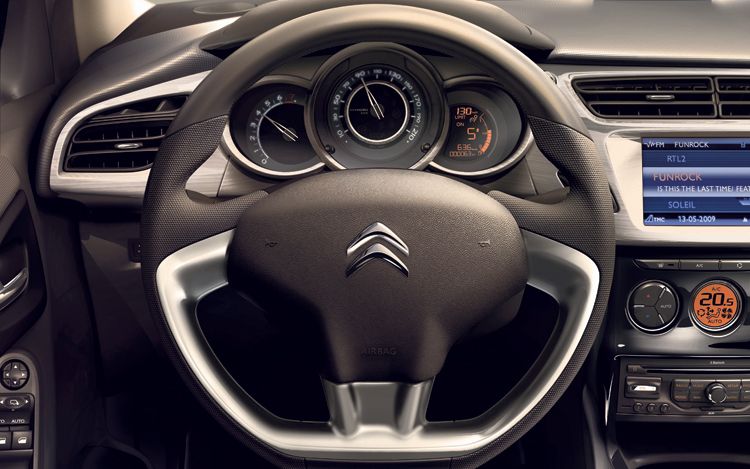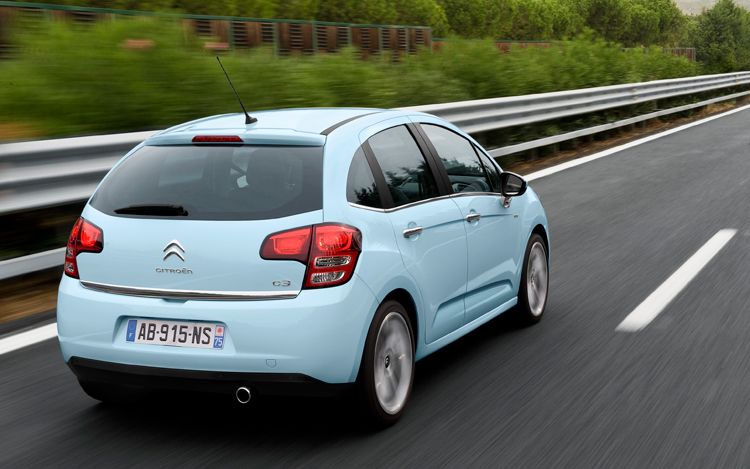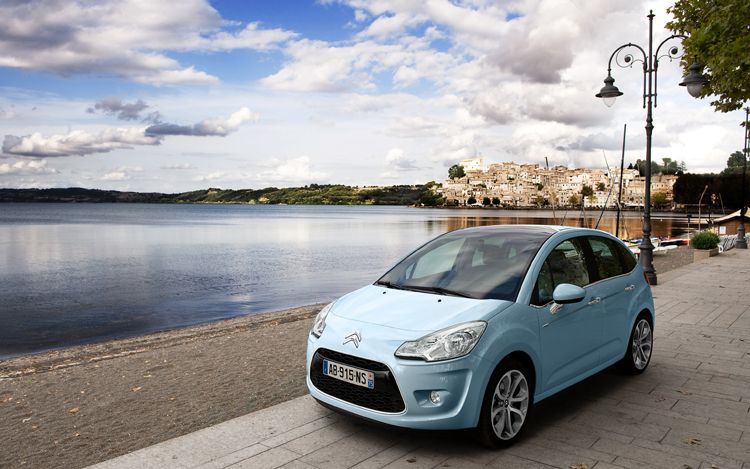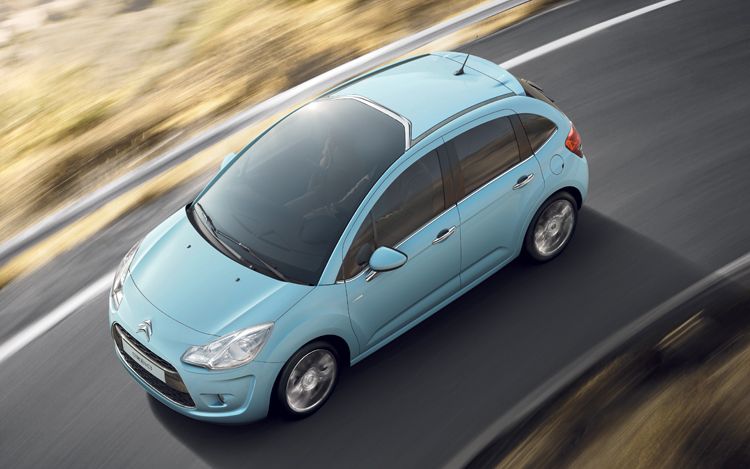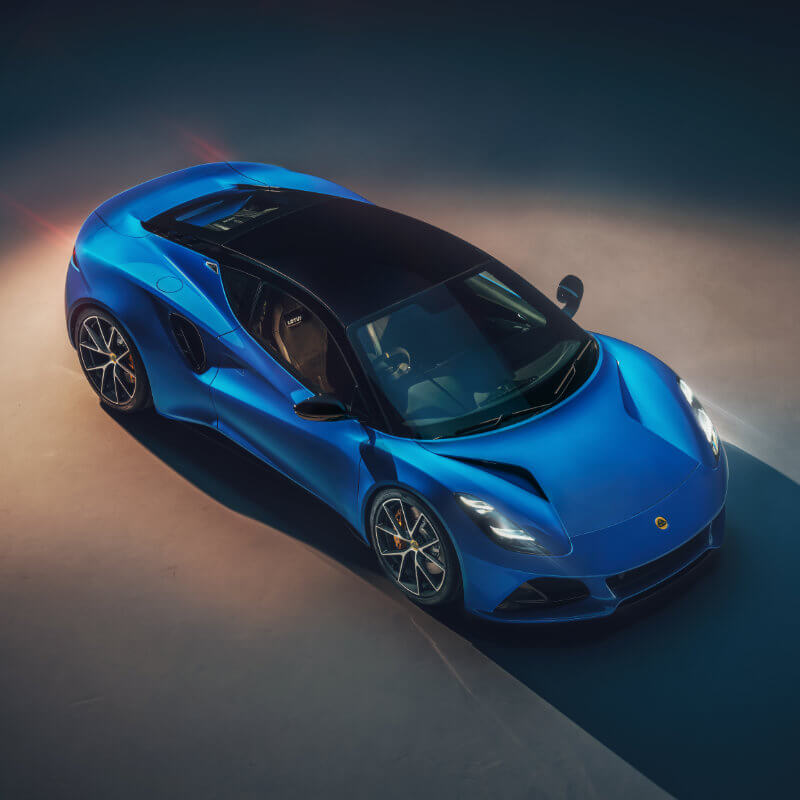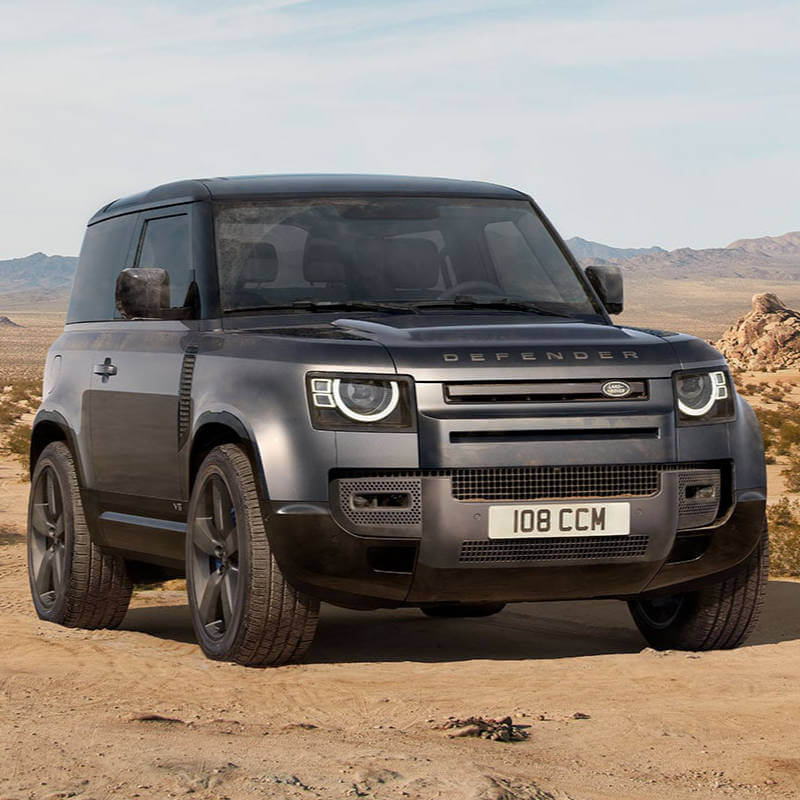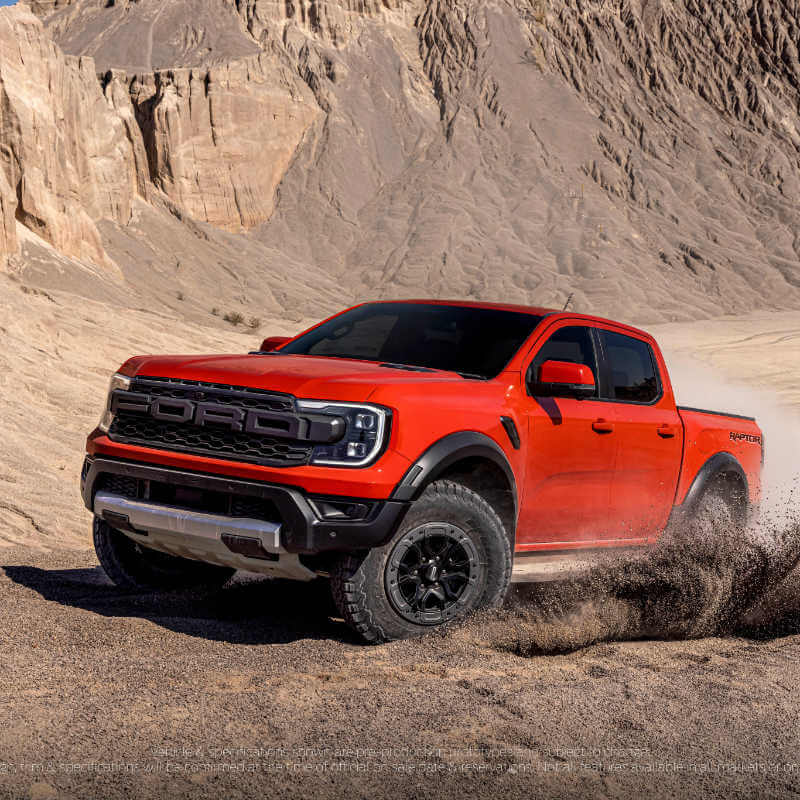2010 Mazda CX-7 i Sport
The last time a Mazda CX-7 stopped by the Motor Trend garage, it found itself in a three-way dance against the Subaru Forester XT and Volkswagen Tiguan (“Turbo Chargers,” September 2008), where it finished second, behind the Forester. The appeal of a gas-thirsty turbocharged crossover is limited, however, and so when Mazda gave the CX-7 its midlife makeover for 2010, it threw in a naturally aspirated inline-four to the CX-7‘s lineup in an effort to broaden its appeal.
Available in two new trims — base i SV and slightly-enriched i Sport — the engine is the same 2.5-liter mill found in the Mazda3 and 6, but tuned to make 161 hp and 161 lb-ft in the CX-7. It’s mated to a five-speed automatic transmission and, unlike the turbocharged variant, is not available with all-wheel drive.
Our i Sport tester came equipped with several options, the biggest of which was the $1750 convenience package. It includes a power moonroof, power driver’s seat, automatic climate control, heated front seats, and a rearview camera displayed via a new 4.1-inch color multi-information display. In a nav-equipped model, this doubles as the nav screen. Though the overall design of the interior is improved, the new screen is something of a step back. It’s smaller than the old screen and recessed into the dash above the center stack, which makes it harder to discern details even though the new screen is clearer and has a higher resolution. The heated seats work great, but there’s a downside to them, too. There’s only one on mode, which results in rapidly toasted buns. In addition, our tester had a cargo net ($50), fog lights ($400), scuff plates ($145), and Sirius satellite radio ($430), for a total of $25,865.
Head room is ample for passengers in both rows, but at 36.4 in., rear-seat leg room is at a premium, especially behind a tall driver/front passenger. There’s plenty of room back there for a child seat, but those planning to carry four adults frequently may want to look elsewhere. Cargo room isn’t that great either. There’s 29.9 cu. ft. of space behind the rear seats, which expands to 58.6 cu. ft. with the rear seats folded. While far more than the average sedan, it’s far less than that of the cavernous Honda CR-V, for example, which provides 35.7 cu. ft. with the rear seats up, 72.9 cu. ft. with them down. The plastics don’t feel or look cheap, nor does the seat upholstery. Mazda did cheap out on the base stereo. It features only four speakers that distort with any amount of bass more than the voice of the average talk radio host, but there is an auxiliary input jack for MP3 players.
From the driver’s seat, the CX-7 feels faster than its test numbers indicate. Although it takes the 161-horse engine 10 seconds to get the 3524-lb. CX-7 to 60 mph and 17.6 seconds to run the quarter mile, when unladen it doesn’t feel particularly labored or underpowered. The tradeoff for the lack of acceleration is a substantial increase in fuel economy to an EPA rating of 20 mpg city and 28 mpg highway from the front-drive turbo’s 18/25. The same holds true for its handling, which, while on par for the class, feels more solid and confidence-inspiring than its 0.74-g skidpad and 29.5-second figure-eight figures thanks to the Mazda’s rigid chassis. Steering is sufficiently responsive and quick, certainly above-average for the segment. Brake pedal feel is good and there’s minimal pre-engagement travel. Stopping from 60 mph takes 127 feet, equal to the distance the Forester XT required.
At the end of the day, this 161-horse CX-7 is an average offering in a highly competitive segment with plenty of stiff competition, albeit one with above-average driving dynamics and sporty styling. For some, that’s all it takes, but it’s not nearly as compelling as its more-powerful (albeit more expensive) turbocharged sibling.
Sourced via motortrend.com

